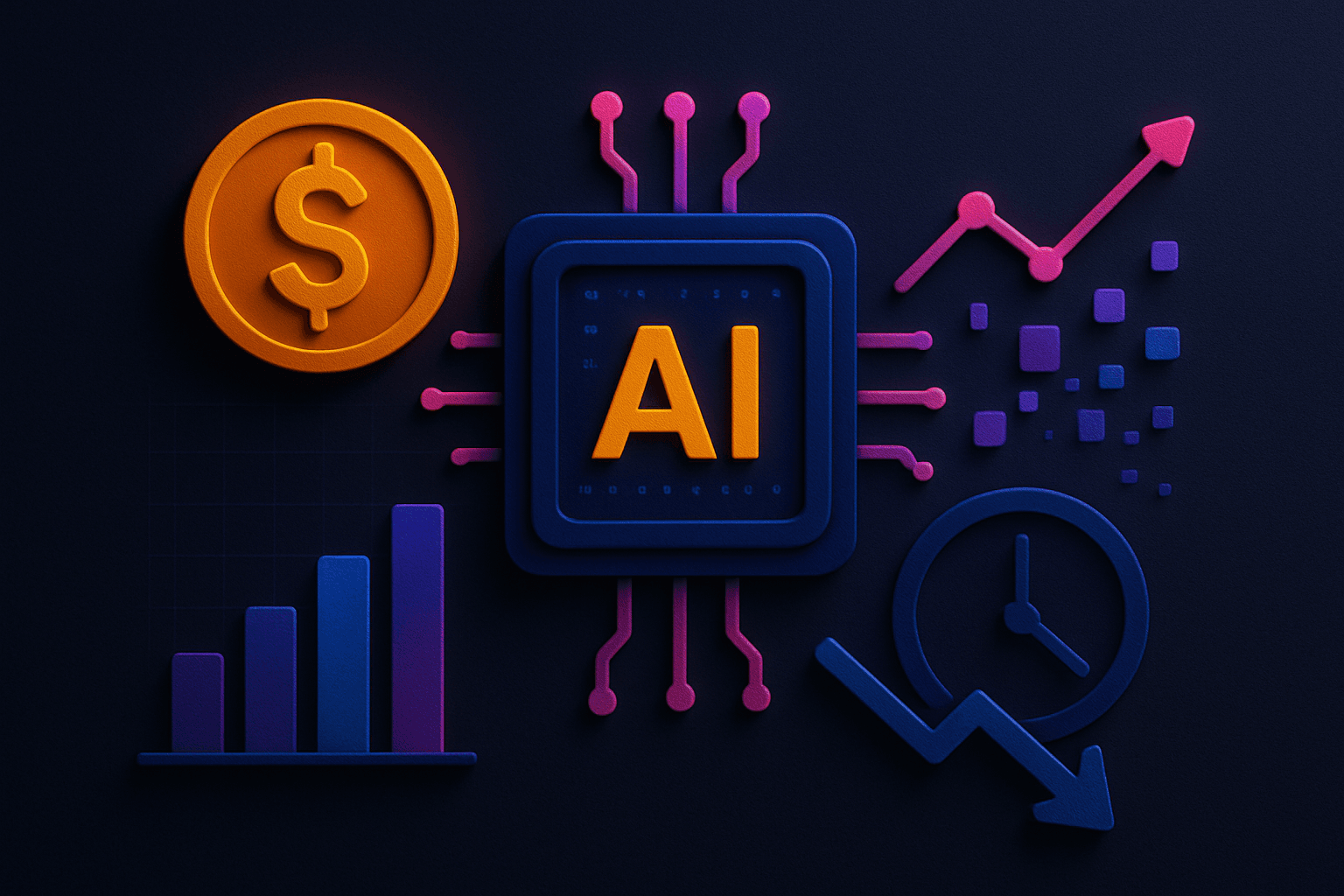Have you ever wondered how we can process massive amounts of data in a matter of seconds? Or, how can we simulate complex scenarios with high accuracy? Well, the answer is Stable Diffusion and GPU Cloud Computing. If you're a fan of high-performance computing, then you're in for a treat today! Stable Diffusion is a fascinating mathematical concept that finds application in a wide range of fields, including physics, engineering, and finance. In recent years, with the advent of Cloud Computing, running Stable Diffusion simulations on GPUs has become increasingly popular due to their unmatched speed and power.
In fact, according to recent research, GPU-accelerated simulations can be up to 100 times faster than traditional CPU-based methods. So, buckle up and get ready to explore the fascinating world of Stable Diffusion and GPU Cloud Computing.
Understanding Stable Diffusion: A Powerful Machine Learning Technique
Stable Diffusion is a phenomenon that describes the behavior of particles or molecules that move randomly through a medium in a stable and predictable manner. Recently, researchers have made significant progress in understanding Stable Diffusion, shedding light on how it occurs and its impact on various fields of study.
At its core, Stable Diffusion refers to the movement of particles through a medium in a way that follows a stable pattern over time. This means that the path of a particle is not completely random, but instead follows a defined pattern that can be mathematically modeled. This type of diffusion is often observed in complex systems, such as the movement of pollutants through groundwater, the spread of disease through a population, or the behavior of financial markets.
One major highlight of recent research on Stable Diffusion has been the development of new mathematical models that can accurately predict the behavior of particles undergoing Stable Diffusion. These models have been applied to various fields, from environmental science to economics, with promising results.
Another important area of study has been the impact of Stable Diffusion on the spread of diseases. Researchers have used Stable Diffusion models to predict the spread of COVID-19 and other infectious diseases, helping to inform public health policies and interventions.
Data from recent studies have shown that Stable Diffusion can significantly impact the movement of particles through a medium. For example, Stable Diffusion can lead to slower movement of particles over time, which can have important implications for the spread of pollutants or disease. It can also result in more efficient movement of particles, which can be useful in applications such as drug delivery.
Why Run Stable Diffusion on a GPU Cloud Server?
Using a GPU cloud server to run Stable Diffusion simulations can offer several benefits:
- Increased computational power: GPUs are designed to perform complex calculations in parallel, which can significantly speed up the simulation process compared to using traditional CPUs. This means that simulations can be run faster and with higher accuracy, allowing researchers to analyze data more quickly and efficiently.
- Scalability: With a GPU cloud server, users can easily scale up or down their computational resources depending on their needs. This flexibility allows researchers to adjust their resources according to the size and complexity of their simulations, without the need for expensive hardware investments.
- Cost-effective: Running Stable Diffusion simulations on a GPU cloud server can be more cost-effective than investing in and maintaining expensive hardware. Users can choose from a range of cloud providers with different pricing models, allowing them to find a solution that fits their budget.
- Accessibility: Cloud-based GPU servers can be accessed from anywhere with an internet connection, making it easier for researchers to collaborate on simulations or analyze results remotely. This also means that users can access more powerful hardware than they may have available locally, allowing for more complex simulations.
Now, running Stable Diffusion simulations on a GPU cloud server can provide researchers with access to powerful computing resources, increased scalability, cost-effectiveness, and greater accessibility, making it an attractive option for many scientific applications.
Getting Started with Stable Diffusion: Setting Up Your GPU Cloud Server
Running Stable Diffusion on a GPU cloud server can provide significant performance benefits compared to running it on a CPU-based system. Here are the steps to run Stable Diffusion on a GPU cloud server:
- Choose a GPU cloud server provider: There are several cloud providers that offer GPU instances. Choose a provider that offers GPUs with sufficient memory and processing power to meet your needs.
- Install necessary software: Install the required software packages for Stable Diffusion on the cloud server. This may include a programming language such as Python or MATLAB, and any additional libraries or dependencies required for the specific implementation of Stable Diffusion.
- Transfer input data: Transfer the input data for the Stable Diffusion problem to the cloud server. This may involve uploading data to a cloud storage service.
- Configure the GPU environment: Configure the GPU environment to enable the use of the GPU for acceleration. This may involve installing CUDA drivers and setting up the necessary environment variables.
- Run Stable Diffusion on the GPU: Run the Stable Diffusion algorithm on the GPU using the configured environment. This may involve writing a custom script or using an existing implementation of Stable Diffusion in a programming language such as Python or MATLAB.
- Monitor the progress and performance: Monitor the progress of the Stable Diffusion algorithm and the performance of the GPU to ensure that the computation is proceeding as expected.
- Retrieve output data: Retrieve the output data from the cloud server once the computation is complete. This may involve downloading data from a cloud storage service or transferring data back to a local machine.
Running Stable Diffusion on a GPU cloud server can provide significant performance benefits for large-scale computation problems. By following the above steps, you can set up a GPU-based environment for Stable Diffusion and accelerate your computations.
Which Cloud Provider Is Optimal for Fulfilling Your GPU and Storage Requirements?
E2E Cloud is an accelerated solution for organizations looking for cost optimization in comparison to hyperscalers. It is highly scalable, allowing businesses to easily scale up or down their computing resources as needed, based on their workload demands.
Also, E2E object storage is an SSD-based S3-compatible object storage service designed for demanding workloads like Machine Learning and Deep Learning.
Step By Step Guide to Launch A100 80GB Cloud GPU on E2E Cloud
Here’s how you can launch an A100 80GB on E2E Cloud and run your Stable Diffusion workloads:
- Login to Myaccount
- Go to Compute> GPU> NVIDIA- A100 80GB.
- Click on “Create” and choose your plan.

- Choose your required security, backup, and network settings and click on “Create My Node”.

- The launched plan will appear in your dashboard once it starts running.

After launching the A100 80GB Cloud GPU from the Myaccount portal, you can deploy any open-source model for your Stable Diffusion.
Check out Github Source Code here
With the flexibility and scalability of Cloud Computing, paired with the high-performance capabilities of GPUs, you can achieve faster and more accurate results while saving time and resources. If you're interested in taking advantage of these benefits, we encourage you to consider our Cloud Computing services and experience the power of Cloud GPUs for yourself.
Connect with us: sales@e2enetworks.com
Request for your free trial: https://zfrmz.com/LK5ufirMPLiJBmVlSRml









